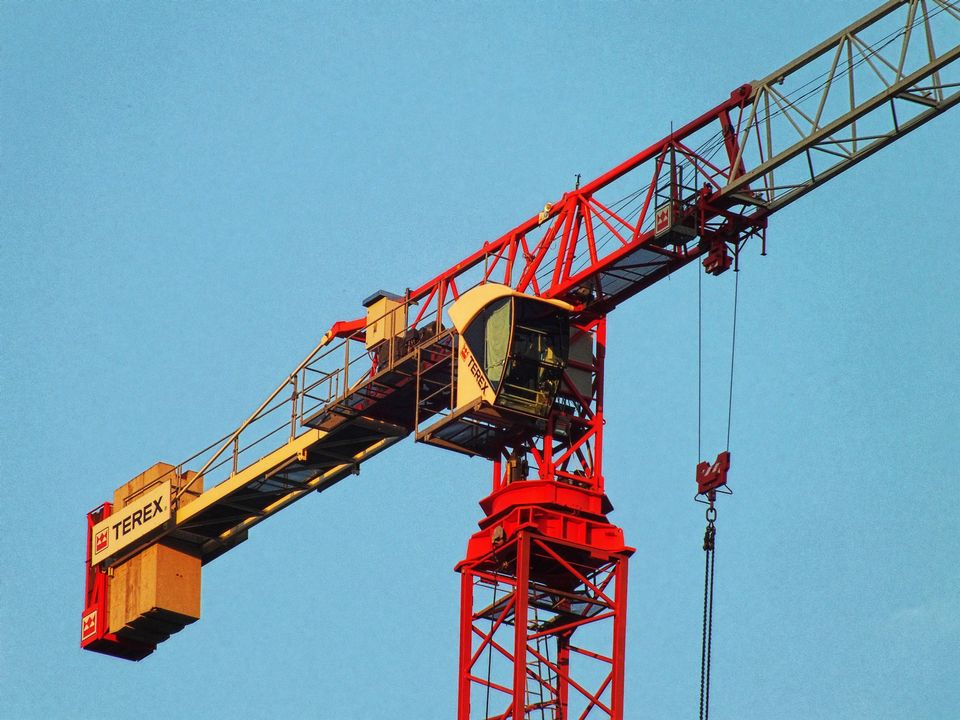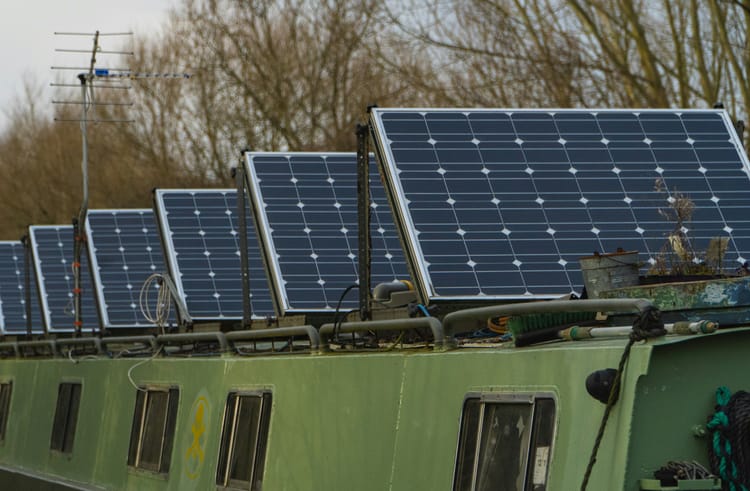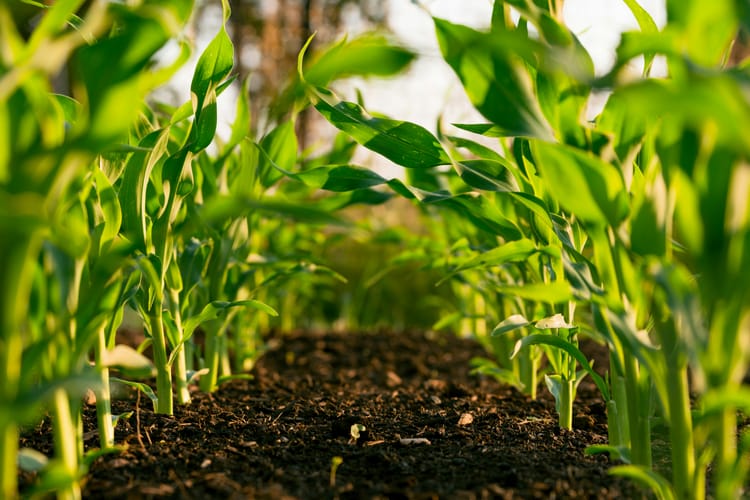Terex sustainability report: company commits to Science-Based Targets

In its latest sustainability report, machinery maker Terex shares energy intensity improvements and says it is in the process of setting a science-based target – despite a year-on-year increase in absolute emissions.
The company, which sells machinery and aerial work platforms to the construction, manufacturing, energy, minerals and materials management sectors, says emissions intensity has gone down despite a slight increase in absolute (Scope 1 and 2) emissions “driven by significantly heightened economic activity” in 2022.
In total, operational emissions reached almost 50,600 tonnes last year, compared to just over 50,100 in 2021. The NYSE-listed firm is yet to report on Scope 3 emissions, which it says “pose challenges in measurement and management”, but has made progress in assessing them.
In 2023, it looked at 15 associated Scope 3 categories, dismissed those that do not apply to its organisation and targets for reporting the rest. It is currently tracking Scope 3 upstream emissions associated with purchased fuels, purchased electricity, as well as relevant transmission and distribution losses.
“Understanding and addressing Scope 3 emissions are vital for a comprehensive corporate sustainability approach and reducing a company’s overall carbon footprint,” the company says.
Read also: DMC Global sustainability report - still no mention of Scope 3 emissions
Terex, whose sustainability efforts are led by Stacey Babson Kaplan, Chief Sustainability and Compliance Officer since December 2022, currently has a target to cut emissions intensity by 15% by the end of 2024, from a 2019 baseline, but it is also in the process of setting a science-based target aligned with a 1.5ºC temperature scenario.
“Setting these targets for Terex involves a rigorous process, reflecting our dedication to environmental stewardship and our commitment to addressing climate change. Science Based Targets will provide a clear and effective path for Terex to progress toward a low-carbon future and make a meaningful impact on climate change mitigation efforts,” the report notes.
Energy efficiency and renewables integration
The company reduced energy consumption by 8% and intensity by 9.41% between 2019 and the end of 2022, through initiatives such as LED lighting and control upgrades, process optimisation, compressed air upgrades, heat recovery, equipment replacements, motor upgrades, and HVAC improvements.
Additionally, Terex identified 12 ‘Tier 1 locations’ that make up 80% of its overall carbon footprint, and required them to establish site-specific sustainability committees tasked with improving energy efficiency and identifying local GHG emission contributors.
The company also switched to 100% renewable energy at eight locations in Northern Ireland and two utilities plants in South Dakota in 2023, and plans to install solar panels for self-generation at other sites.
Terex is entirely focused on operational carbon reductions and “not purchasing carbon credits at this time”. It is also innovating heavily to make its machines more climate-friendly, with 70% of materials processing products available in hybrid or electric versions by the end of 2022.







Member discussion